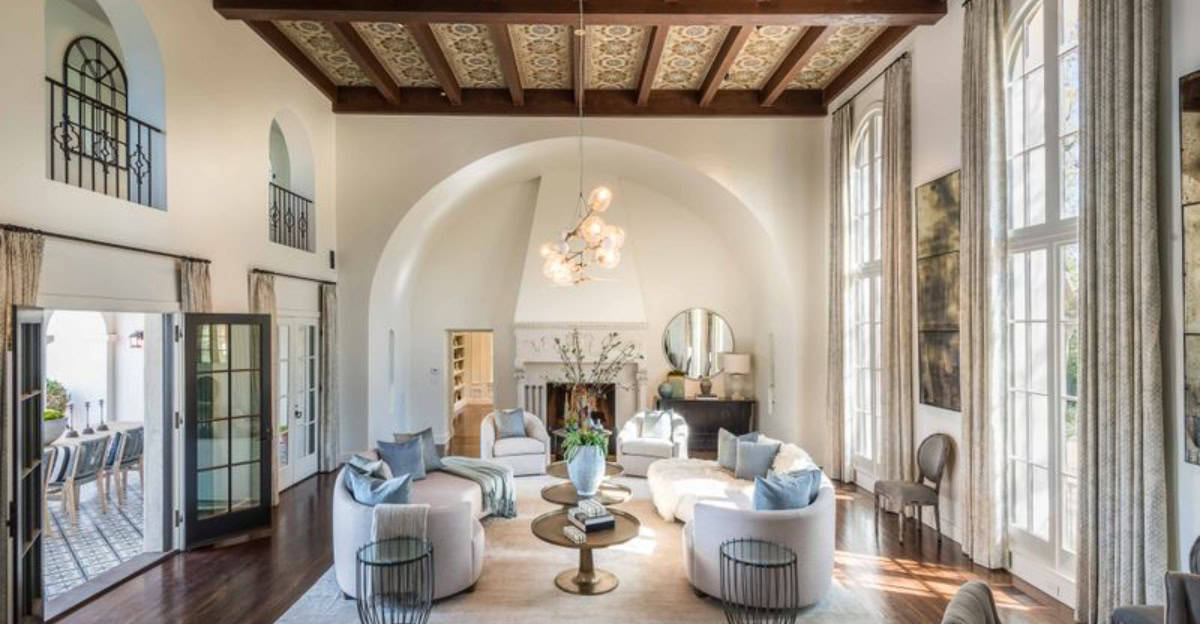European design trends have always had an influential role in shaping home aesthetics worldwide. From minimalist elegance to bold artistic expressions, these trends bring a timeless beauty to any living space.
This article explores 10 unique European design trends that can elevate the look and feel of your home, infusing both style and functionality.
With an engaging exploration of each trend, you’ll discover actionable ideas to implement these designs into your own space, achieving a harmonious blend of beauty and practicality.
1. Scandinavian Minimalism
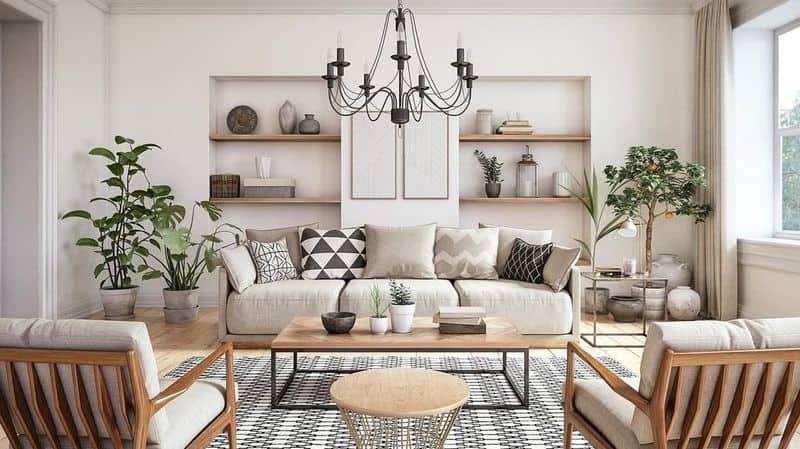
Scandinavian minimalism embraces simplicity and functionality, making it an enduring trend.
This design focuses on clean lines, neutral colors, and natural materials, creating a serene and uncluttered space.
Incorporate elements like wooden furniture, light textiles, and ample natural light to achieve this look.
Embrace functionality without sacrificing style. Furniture pieces should serve multiple purposes, enhancing the room’s utility.
The use of plants adds a touch of nature, bringing life and color to the space. Scandinavian design encourages a connection with nature and a sense of calm, making it a perfect choice for any home.
2. French Country Charm
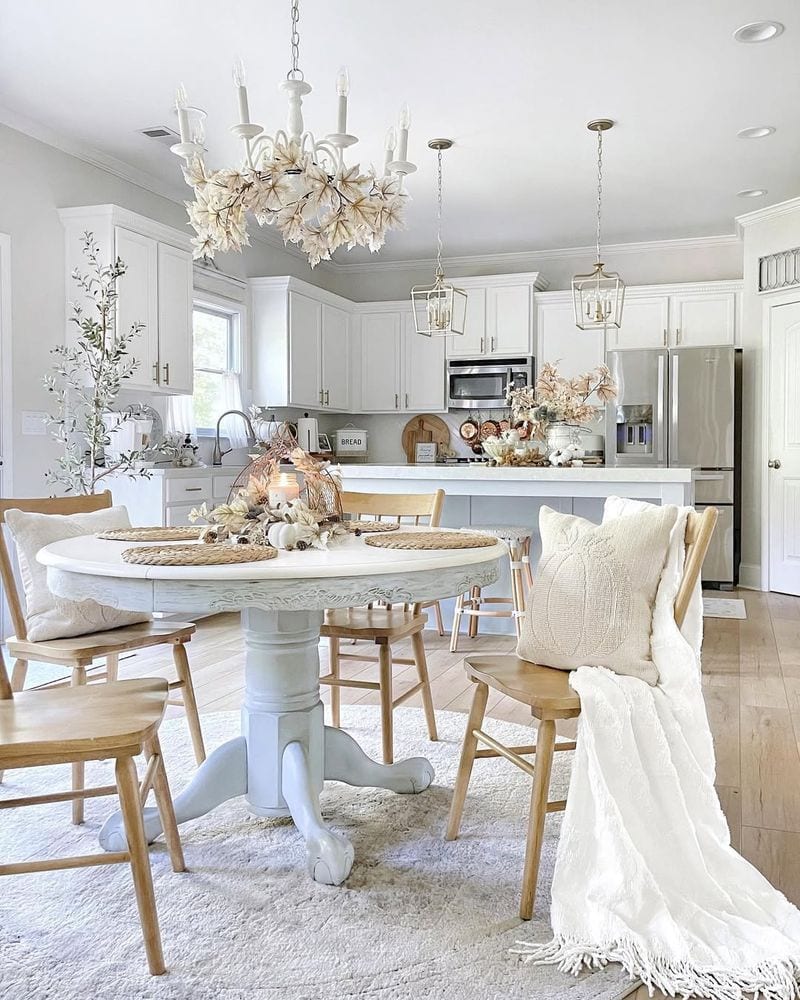
French country charm combines rustic elegance with comfort, creating a warm and inviting atmosphere. It often features distressed wood, soft fabrics, and vintage accents.
A central farmhouse table becomes the heart of the home, perfect for family gatherings.
Add character with traditional pottery, floral patterns, and wrought iron fixtures. These elements bring a sense of history and timeless appeal.
The color palette often includes soft blues, warm yellows, and earthy tones, reflecting the French countryside’s natural beauty. This style brings a cozy, lived-in feeling to any space.
3. Italian Renaissance Revival
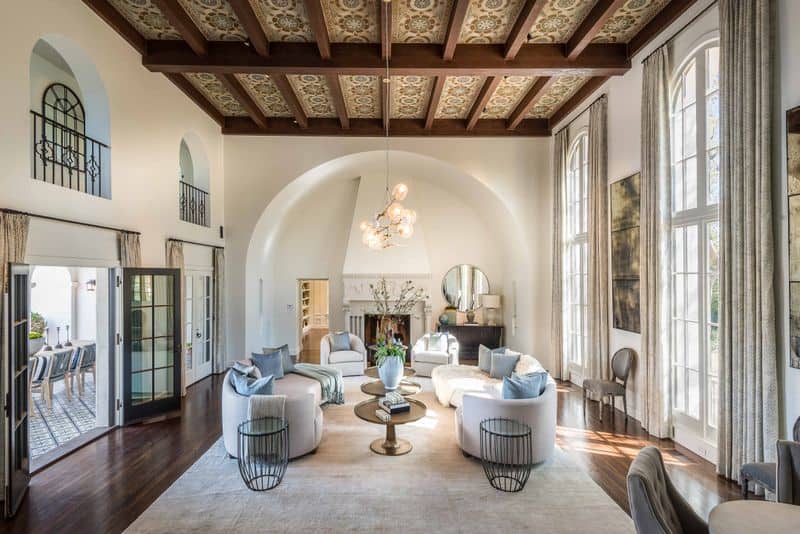
Italian Renaissance revival is synonymous with grandeur and elegance. This trend features classical art, ornate furniture, and rich textures.
Incorporate elements like marble statues, velvet drapes, and intricate moldings to evoke this sophisticated style.
The use of warm, rich colors such as deep reds and golds adds to the luxurious ambiance. A grand chandelier becomes a focal point, enhancing the room’s opulence.
This design not only pays homage to history but also creates a regal and timeless aesthetic that elevates any home.
4. Modernist Bauhaus
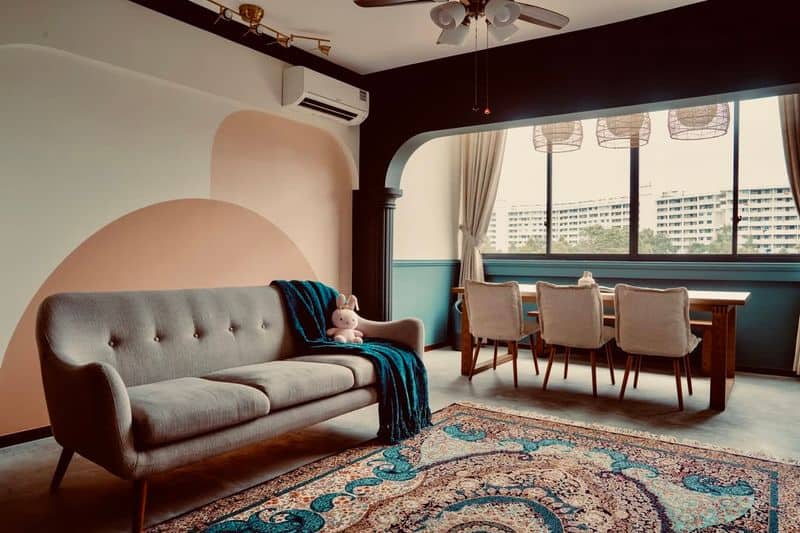
Modernist Bauhaus focuses on function and simplicity, blending art with industry. This design uses geometric shapes, primary colors, and open spaces to create a modern look.
Furniture is often sleek and functional, embodying the “form follows function” philosophy.
Introduce art pieces that complement the minimalist style, adding interest without overwhelming the space.
The emphasis on practicality ensures each element serves a purpose, while still contributing to the overall aesthetic.
Bauhaus design is ideal for those who appreciate modernity and efficiency in their living spaces.
5. British Eclectic Style
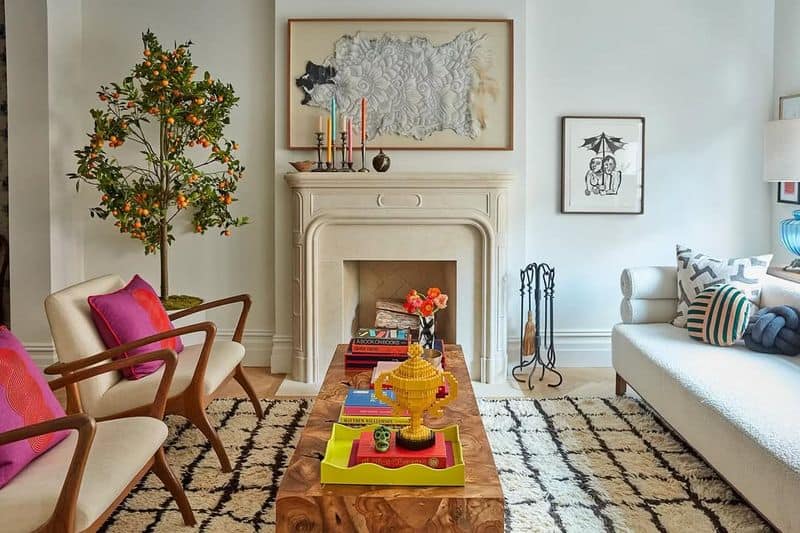
British eclectic style is all about mixing old with new, creating a space that’s both unique and personal.
This design incorporates a variety of styles, textures, and colors, allowing for creativity and individuality in decorating.
Balance is key, combining vintage Victorian pieces with contemporary designs. Bold patterns and rich textures add depth and character, making the space lively and inviting.
It’s a style that encourages you to express your personality through your home, blending history with modern influences.
6. Dutch Sustainable Design
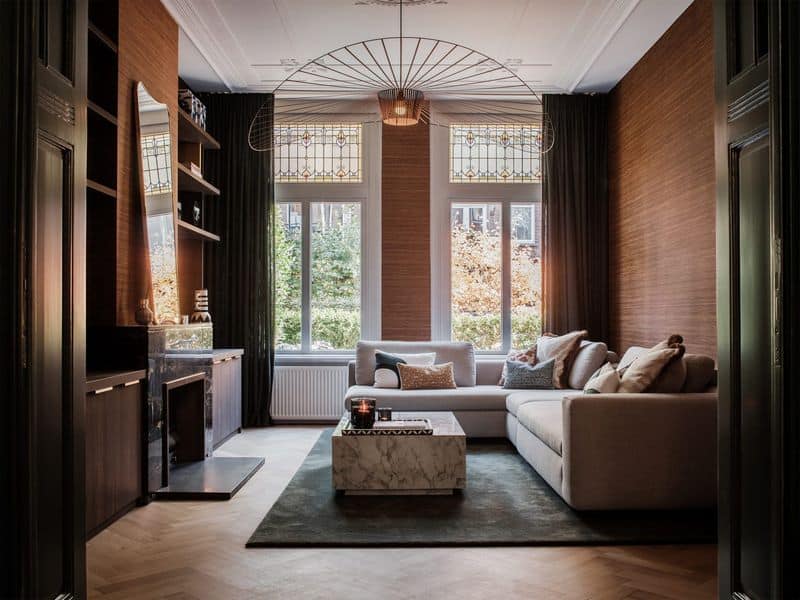
Dutch sustainable design prioritizes eco-friendliness and innovation. Emphasizing natural materials and energy-efficient solutions, this trend reflects a commitment to the environment.
Minimalist furniture made from recycled materials balances aesthetics with sustainability.
Incorporate green plants and solar panels to further enhance the eco-friendly vibe. This design not only reduces environmental impact but also offers a modern and clean aesthetic.
It’s perfect for those looking to create a responsible and beautiful living space.
7. Spanish Mediterranean
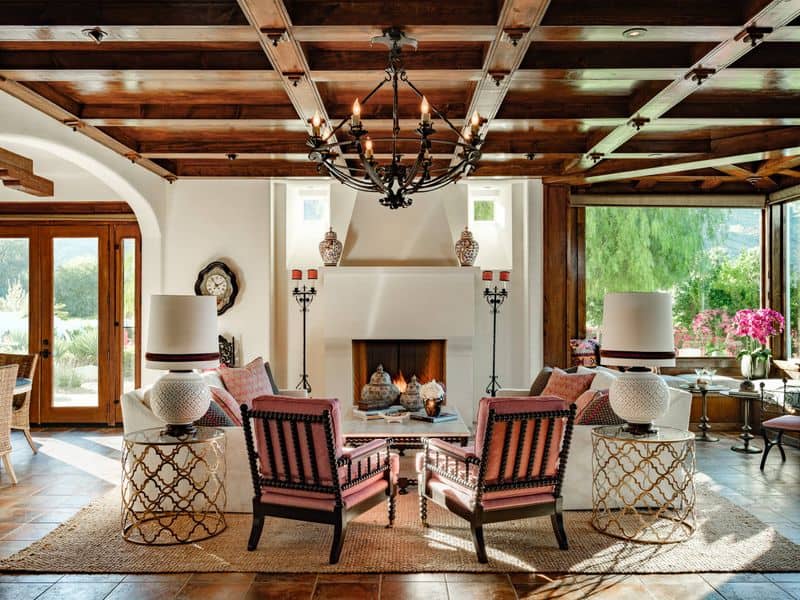
Spanish Mediterranean style captures the essence of sun-drenched locales with its warm colors and rustic textures. Terracotta tiles, arched doorways, and wrought iron details define this inviting design.
Lush greenery and water features like tiled fountains enhance the outdoor feel, bringing a sense of tranquility to the space.
Rustic furniture made from natural materials completes the look, creating a harmonious blend of indoor and outdoor living.
This style is ideal for those who love warmth and elegance in their home environment.
8. Nordic Hygge
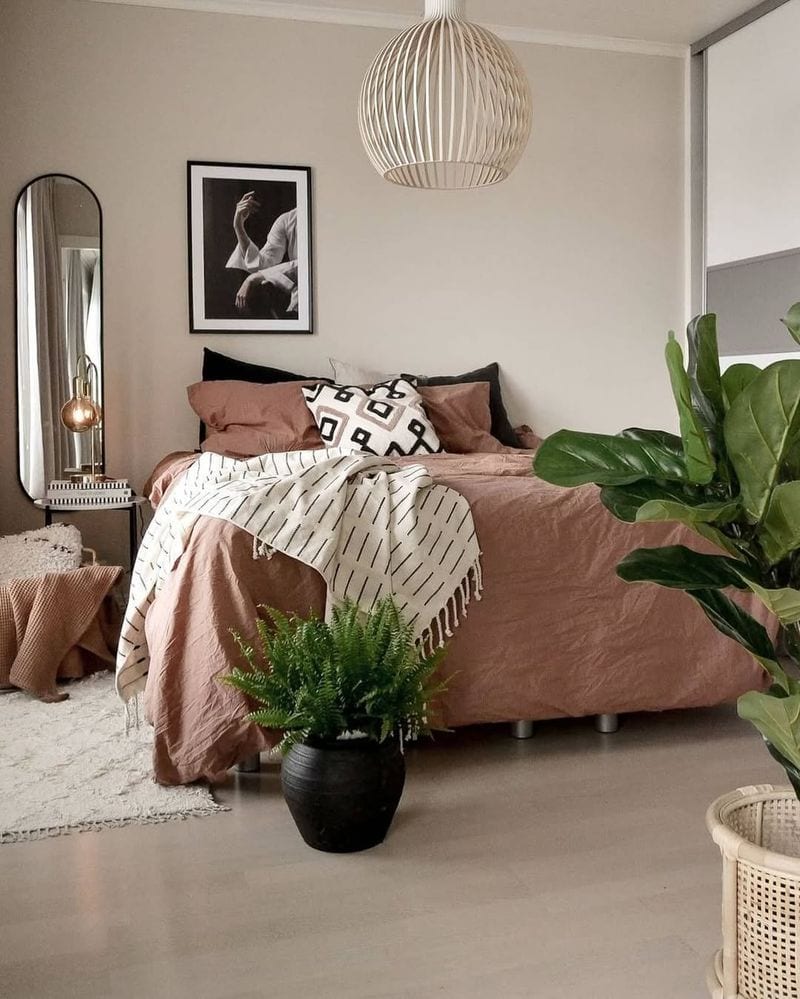
Nordic Hygge focuses on coziness and comfort, creating a warm and inviting atmosphere. This trend emphasizes soft lighting, plush textiles, and natural materials, fostering a sense of well-being.
A fireplace often serves as the room’s centerpiece, surrounded by candles and wooden furniture that add warmth and charm.
The goal is to create a space that feels safe and welcoming, where one can relax and enjoy simple pleasures.
Hygge is more than a style; it’s a way of life, encouraging mindfulness and appreciation of the present moment.
9. Austrian Alpine Aesthetic
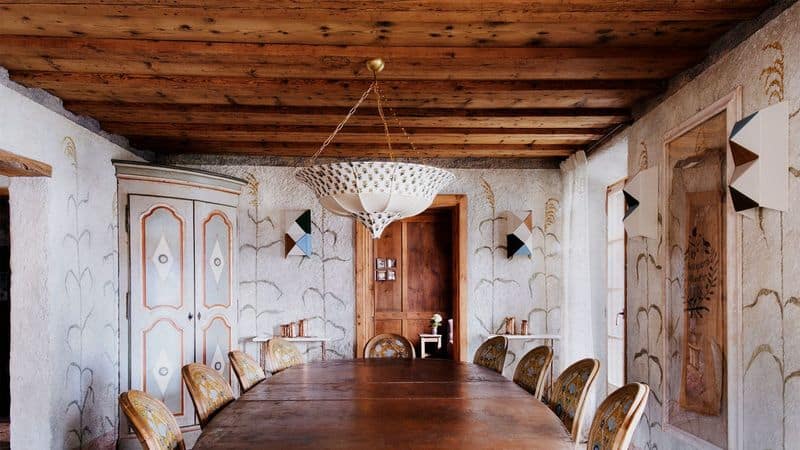
Austrian Alpine aesthetic draws inspiration from the rugged beauty of mountain landscapes. Wood paneling, stone fireplaces, and cozy textiles create a warm and rustic environment.
Antler decor and traditional craftsmanship add an authentic touch, reflecting the region’s heritage. Large windows allow for breathtaking views, connecting the interior with nature.
This style is perfect for those who appreciate the charm of alpine living, offering a cozy retreat from the outside world.
10. Eastern European Folk Art
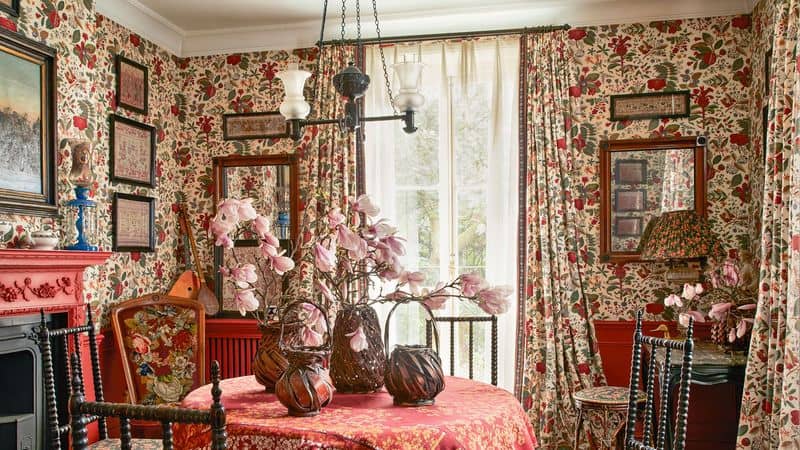
Eastern European folk art brings vibrancy and tradition into home decor. This style features colorful patterns, handcrafted textiles, and intricate wood carvings that showcase regional artistry.
Traditional pottery and embroidered cushions add texture and color, creating a lively and inviting space. Each element tells a story, offering a connection to cultural heritage.
This trend is ideal for those who appreciate craftsmanship and want to incorporate a sense of history and personality into their home.

